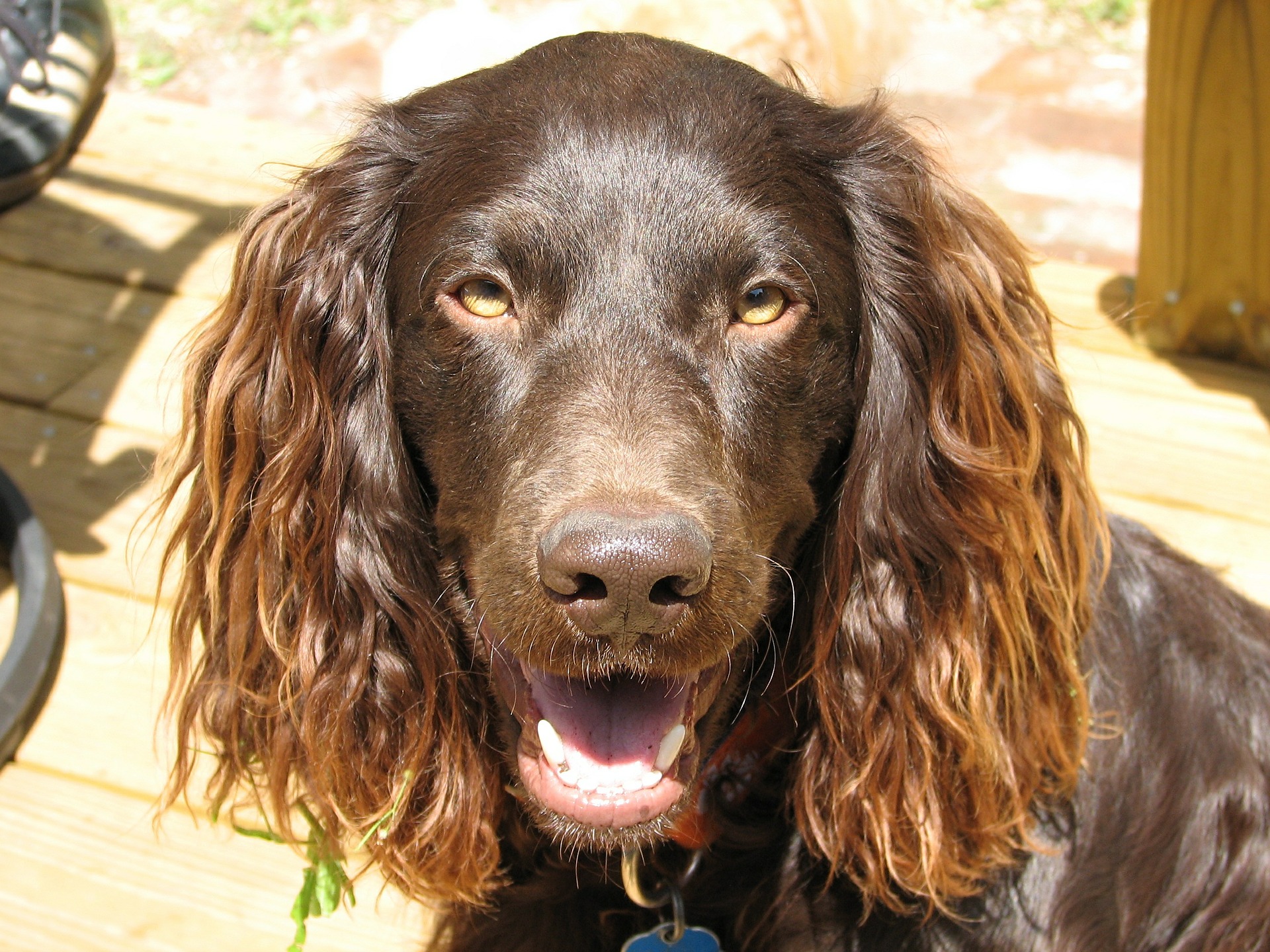An important element of Cocker Spaniel training is being able to direct your spaniel when he is out on a retrieve.
Often, as a spaniel handler, you will need to send your spaniel out to retrieve when he, and sometimes, you, don’t fully know where the retrieve actually is.
If you can stop and give your dog directions then you will be able to ‘handle’ him to an area where he can pick up scent, enabling him to make his retrieve more efficiently.
When training a working spaniel, being able to handle your dog onto retrieves is essential. Direction training is always good fun with your dog and, with a little thought you can create a variety of scenarios that will be enjoyable for your spaniel and which will support his learning.
Why to teach a spaniel directions
In a competition such as a working test or a field trial, for example, the judge may ask you to retrieve a dummy or piece of game.
He will give you an idea of where the retrieve sits but, chances are that you’ll be unable to see it.
This is often the case, particularly in a field trial.
One of my previous articles spoke about the importance of working with your spaniel’s sense of smell and the importance of considering the wind direction.
It is important, and vital, that you are able to direct and handle your spaniel to the area that is indicated, while thinking about the wind conditions, so that he can wind and sniff out the retrieve.
On a shoot day, the same scenario can occur, only on these occasions you will often be presented with an airy fairy wave of the hand from a gun who tells you something along the lines of ‘It’s over there somewhere’ or ‘I’m sure I hit it and it went down round there‘.
So, being able to get your spaniel to the area, where he can pick up the scent, is important and is a vital part of all gundog training and activity.
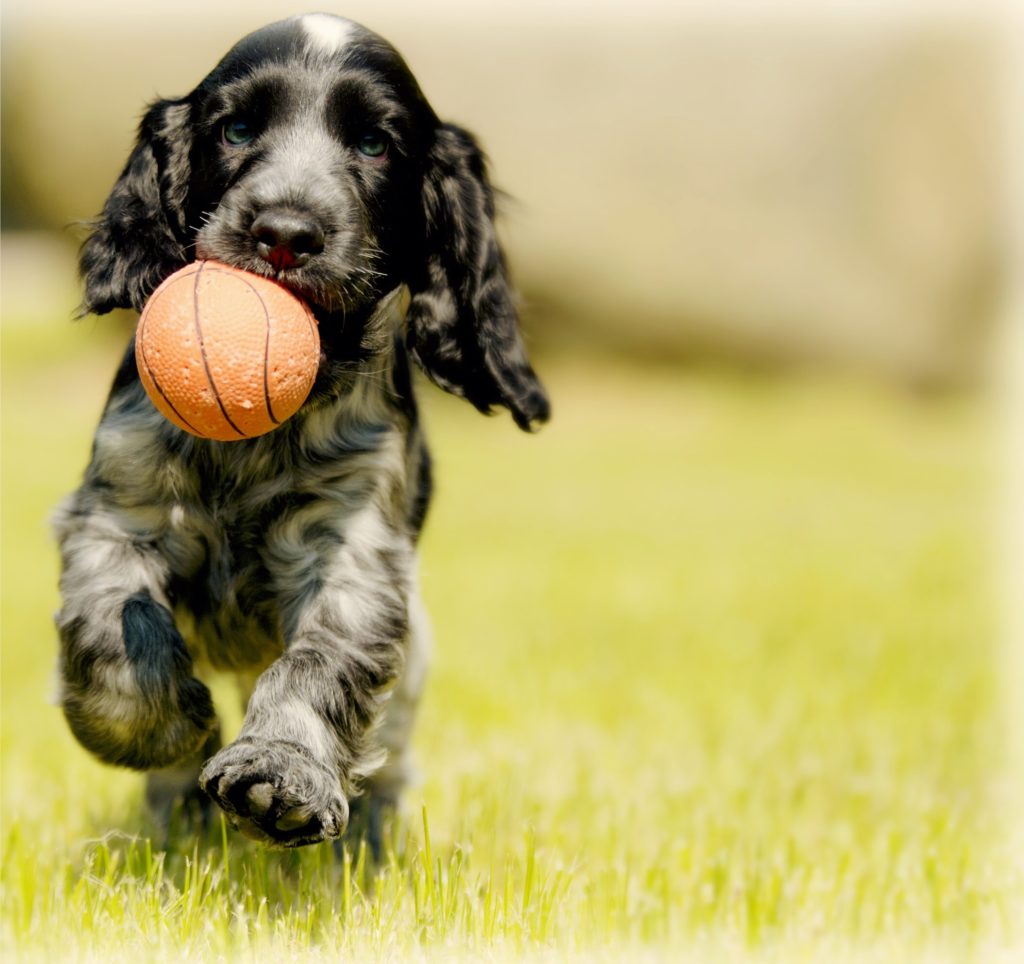
How to teach a spaniel directions
Spaniel direction training work is easier than you might think but it takes some time and needs regular practice.
If you have spent some time with your spaniel working on the sit or hup command at a distance then you, by now, should be able to sit him down and walk away from him without him getting up.
If you can’t yet do this then spend some time on the exercise before moving onto this activity.
I know that it’s tempting to rush into more exciting stuff, but take your time and make sure that your dog sits at a distance for you. It will be worth it in the long run.
You need your spaniel to be steady to the thrown dummy for the directional training to be effective, so it pays to take some time to make sure that your spaniel sits down and stays where he is until, told otherwise.
When your dog is ready, then this is how we begin to teach direction training for handling.
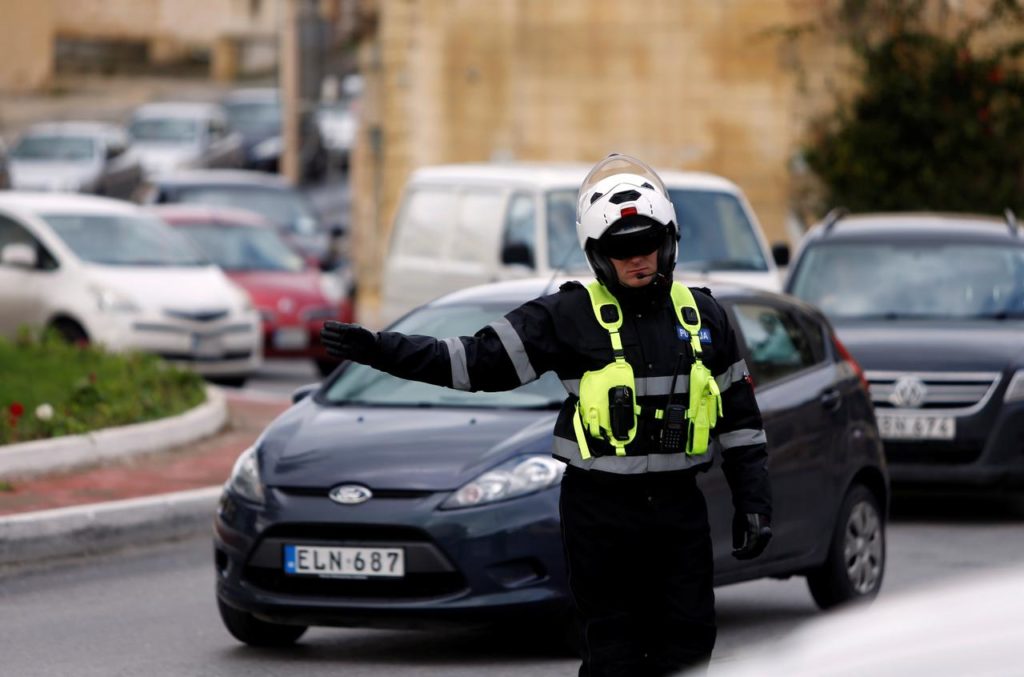
Managing the direction
Most, if not all of us, have seen policemen directing traffic, or we have a good idea of the concept.
He puts his arm out to the right which means ‘Go Right‘….arm to the left, ‘Go Left‘..pretty simple..
So, it’s the same principle when we are training a spaniel, or any gundog for that matter, we just have to do a bit extra to help the dog to build the link.
Go to your training area. You will need to take some training dummies with you.
If you don’t have any dog training dummies then I’d suggest that you try to get hold of some, you really need them for your spaniel training.
I like to use the canvas dummies as they are better for a spaniel’s mouth.
You’ll need some dummies for directional work
Beginning the training
When you have your dummies, take at least three with you, sit your dog down in front of you and walk back from the dog, about ten feet is enough.
Facing your spaniel, remind him to hup and make sure that he does, and, when you are sure that he is settled, throw one of your dummies over his head, so that it goes behind him.
If he makes a break and runs for the dummy, get after him and try to catch him before he reaches it.
If you can do this then take him gently back to the spot where he should have been sat, and sit him down, reminding him to ‘Hup‘.
If he gets to the dummy before you, then take it from him quietly, and try again.
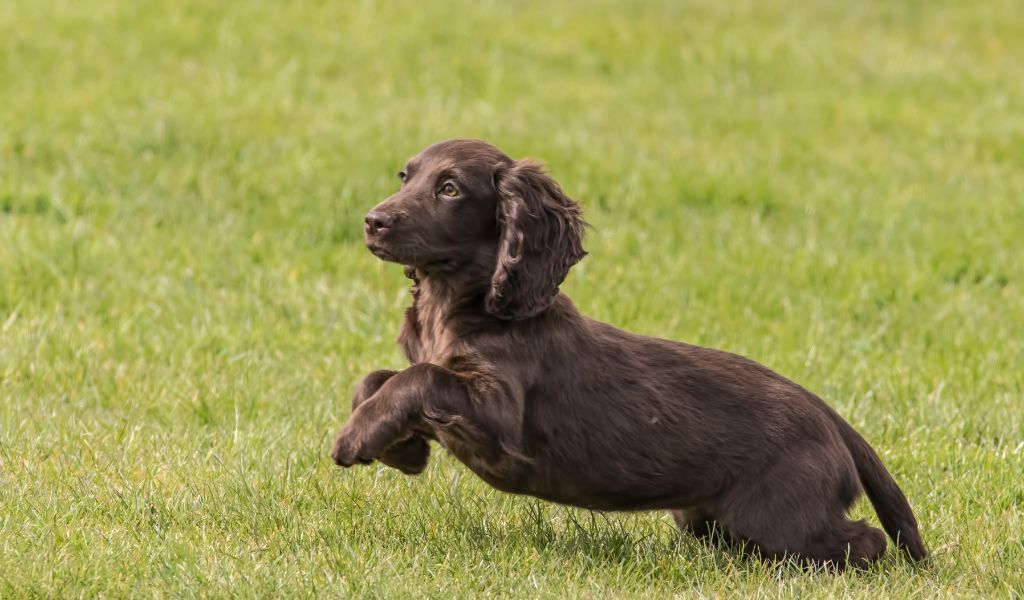
Working on the understanding that he didn’t run in, take the next dummy and throw it to his left and then the next and throw it to his right.
Dogs generally remember the last thing that happened most, so the last dummy thrown will be foremost in his mind, so let’s make things easy.
With a clear arm signal from you, in the direction of the last dummy thrown, send him for the dummy with the ‘Fetch’ command. Let him work it out and he should retrieve the dummy to hand.
Sit him down again in his starting spot, and, when he is settled, with a clear arm signal and the ‘Fetch’ command – send him out to the opposite side for the other dummy.
Again, take it from him when he brings it in, sit him down.
Finally, send him back. I’ve covered the ‘get back’ or ‘back’ command and hand signal in this post which introduced the spaniel to going back – you can read it via this link.
All being good, he’ll bring the dummy in.
(One word on this – think about the wind – ideally the wind needs to be blowing towards you – just makes it easier for the dog).
Vary your directional spaniel training handling
As you practice this training with your spaniel, change the order in which you send him off for the dummies.
Mix it up and keep it varied. When he is sat down, go and pick one of the dummies up yourself, or, if you have another dog with you, send that dog instead.
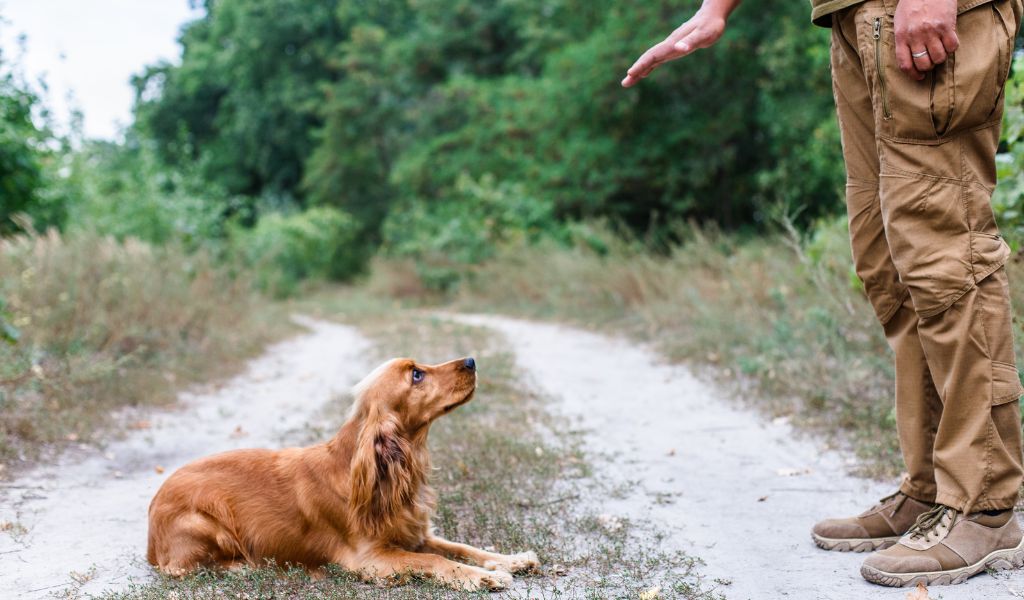
One of our aims with spaniel training is to teach steadiness and patience, we also don’t want a spaniel to anticipate too much what is likely to be asked of him.
If you keep it varied then he can’t guess too much and anticipate.
Likewise, when he has retrieved a dummy back to you, throw it back out, then send him for one of the others.
This helps him to ignore the last dummy thrown, which will be of most interest to him as it’s foremost in his mind.
If he makes a break for the last dummy then try to intercept him before he reaches it and, take him back to his spot, and try again.
Don’t be rough with him or frighten him and, if he reaches the dummy before you intercept him, act as though nothing has happend and take the dummy off him as a normal retrieve.
Some spaniels can be easily deterred from retrieving so it is important that you never tell him off or show disapproval when he has something in his mouth ( even if it is your best pair of shoes).

Practice your gundog direction training
As with all other gundog and spaniel training, it is important to practice direction training regularly with your dog.
Ten minutes frequently is better than one hour weekly. A young spaniel’s attention span can be limited and long sessions can become tiring and tedious.
Go to different locations, with different types of terrain and ground cover so that your dog gets used to and familiar with different types of ground cover.
Don’t go anywhere where the cover is tough or too thick, you just want your young spaniel to experience different types and to get used to being given directions in different areas.
Final Words
With time, and practice, you’ll find that your spaniel will understand your directions and you will be able to work him in the direction that you need.
Your spaniel will be on his way to becoming a well trained and well behaved gundog, and with regular, fun training and experience, a competent, capable working spaniel.

